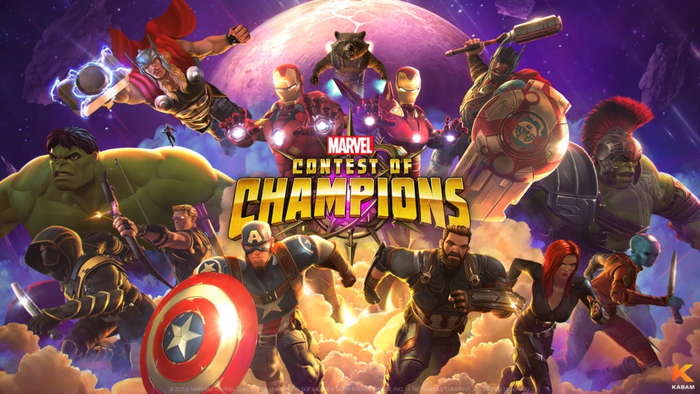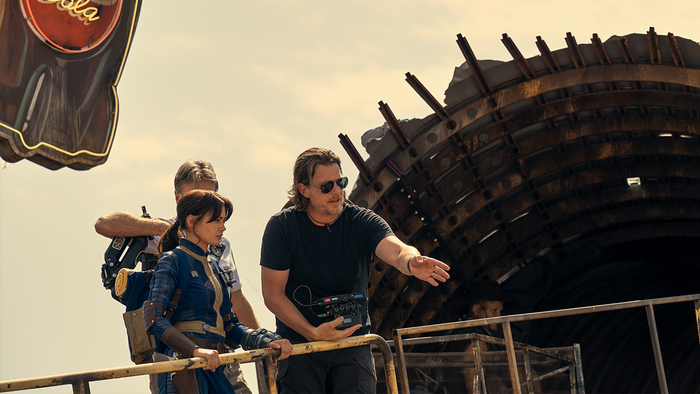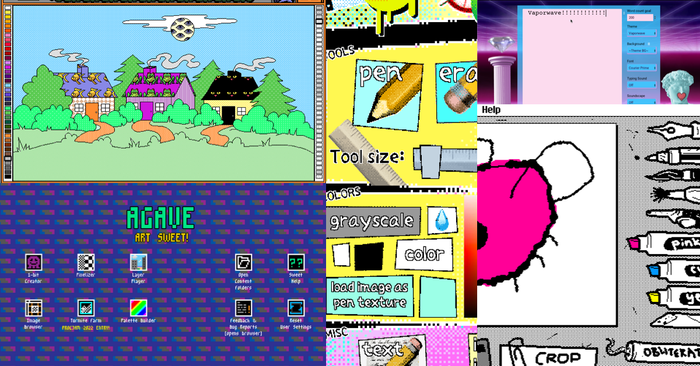
Featured Blog | This community-written post highlights the best of what the game industry has to offer. Read more like it on the Game Developer Blogs.
Mary Flanagan says they can--and she has the data to back it up.

From Motivate. Play.
Pop quiz: For each of the following descriptions, can you name a person (fictional or real, living or dead) who meets the criteria? You have 30 seconds: go!
Generous president
Hispanic lawyer
Visionary underwriter
Female computer scientist
Vegetarian villain
Regardless of your performance (some possible answers are here), new research suggests that thinking about stereotypical and nonstereotypical trait pairings increases social identity complexity, a psychological construct linked to “tolerance of outgroup members.” In other words, the more often we are reminded that not all computer scientists are male, that an insurance underwriter can also be a legendary game designer, and that artists can also be tennis players, the more we internalize the degree to which people belong to multiple, nonconvergent social groups, and the closer we feel to those who are members of social groups that differ from our own.
The people who participated in this research study weren’t bombarded with long lists of word pairs appearing on a computer screen, the preferred method for many studies of implicit bias. They played a game. Specifically, they played buffalo, a party game developed by Mary Flanagan’s Tiltfactor Laboratory. Flanagan is knee-deep in studies investigating the ways in which games can influence stereotypes and biases, and her data-rich GLS keynote highlighted several surprising findings:
Playing a party game in which players reacted to “awkward social situations”—some of which involved gender-related bias and prejudices—made players less likely to exhibit stereotypical beliefs on a task in which they were required to assign faces to careers, compared to their performance before playing the game
Players perceived as the game as more fun and interesting when it was described as a game about “awkward social situations” than when it was described as being about “awkward social stereotypes”–and it did a better job of increasing nondiscrimination
Playing the game increase the assertiveness of kids’ responses to imagined occurrences of bias, and made them more likely to take other-oriented perspectives
In another study, while both genders performed equally in a mental rotation test presented in isolation, men’s scores went up slightly the test was introduced as “strategic,” while women’s scores went down slightly. When the same test was described as “spatial,” women performed much more poorly than men—not a surprising finding, given the vast literature on stereotype threat. This might not seem to have much relevance to games, until you take a close look at the way some of them are marketed…

The big takeaway here for game designers is that everything from your mechanics, to your visual cues, to the ways you introduce our games can affect your players in subtle and not-so-subtle ways. They even have the potential to affect the way your players see the world.
To quote Jesse Schell, “How games change us is not a trivial question, for the answer to it is transforming society as we speak — either for the better, or for the worse… To live up to your obligations as a game designer, ask yourself this question: Does my game help people? How?” While there is a temptation to view games as a neutral artifacts, any designer whose games influence the way people think and behave out-of-game has a responsibility to think long and hard about this question. Perhaps the biggest lesson that psychology has for game designers is that we are all in the behavior-change business, whether we like it or not.
Read more about:
Featured BlogsAbout the Author(s)
You May Also Like








